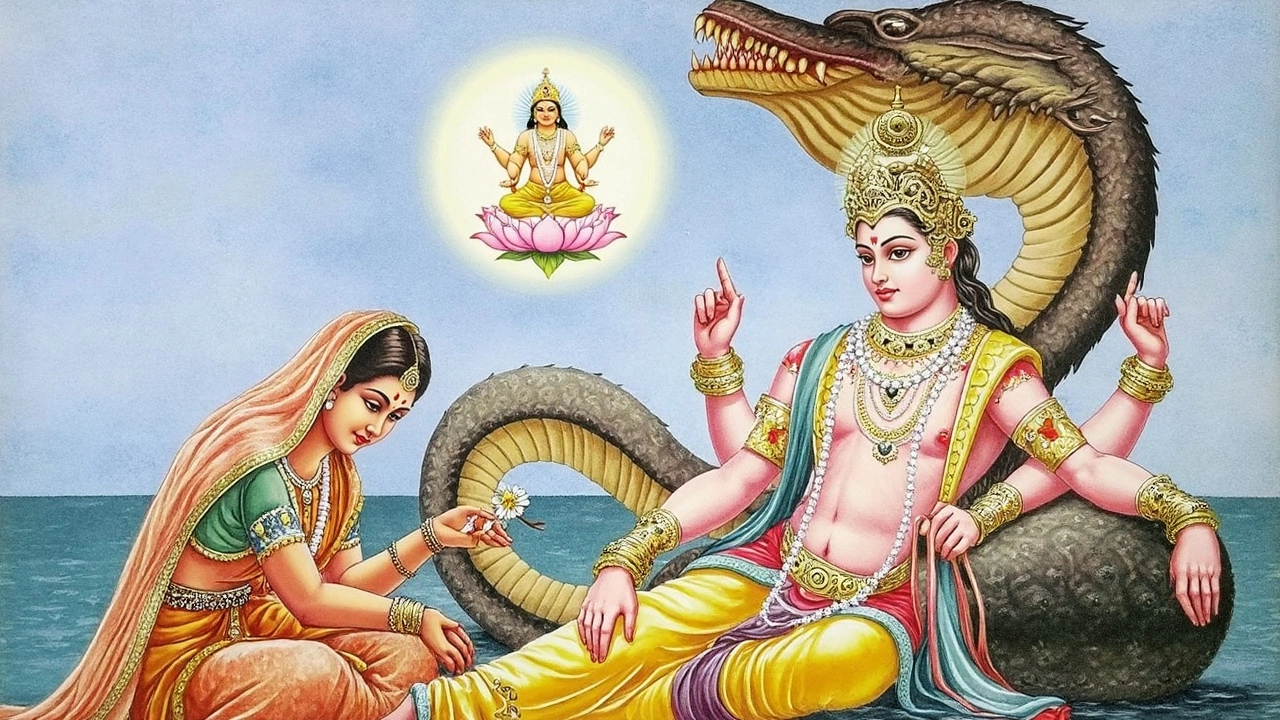Hindu rituals: What they are and why they matter
When you hear the word "ritual" you might think of elaborate ceremonies or ancient chants. In Hinduism, rituals are everyday actions that connect people to their faith, family and community. From lighting a lamp in the morning to a full‑scale wedding, each ritual has a purpose – to honor the divine, mark a life event, or bring good luck.
Most Hindus follow a few key ideas behind any ritual: purity, offering, and remembrance. Purity means cleaning yourself and the space, offering is about giving something to the gods (like fruit or flowers), and remembrance is the prayer or chant that tells the story behind the act.
Everyday rituals you can try at home
Even if you’re not a regular temple‑goer, you can add simple Hindu practices to your daily routine. Start with a sandhya – a short prayer at sunrise or sunset. Light a small oil lamp (diya), say a quick mantra like "Om" and focus on the flame for a minute. It helps calm the mind and sets a peaceful tone for the day.
Another easy habit is puja for a family altar. Place a photo or small statue of a favorite deity, offer fresh water, a few drops of milk, and a pinch of sugar. Speak from the heart – thank the deity for health, ask for guidance, and end with a bow. You don’t need fancy items; a clean space and sincere words are enough.
Major life‑stage rituals (Samskaras)
Hindu tradition marks sixteen major milestones called samskaras. The most common ones you’ll hear about are:
- Namakarana – naming ceremony for a newborn.
- Upanayana – the sacred thread ceremony for boys, symbolizing education.
- Vivaha – wedding, which includes rituals like Jaimala (exchange of garlands) and Seven Vows.
- Antyesti – funeral rites, ensuring the soul’s peaceful journey.
Each samskara follows a set of steps: purification (often with water), a fire ceremony (homa), and specific chants. Even if you don’t attend every detail, understanding the meaning helps you respect the tradition and support loved ones who do.
Modern families sometimes blend these rituals with contemporary touches – like using eco‑friendly materials or streaming the ceremony for relatives abroad. The core idea stays the same: marking the event with intention and community.
Festivals and seasonal rituals
Hindu festivals are packed with rituals that celebrate seasonal changes and mythic stories. Here are three that many people recognize:
- Diwali – lights, fireworks, and the ritual of cleaning the house to invite prosperity.
- Holi – throwing colored powder, followed by a communal feast and prayers for forgiveness.
- Navratri – nine nights of dance (garba) and daily worship of the goddess Durga.
During these festivals, you’ll see common actions: decorating the home with rangoli designs, preparing special sweets, and chanting verses from sacred texts. Joining a local celebration or simply doing the home rituals can give you a real sense of belonging.
Remember, Hindu rituals are flexible. The goal isn’t to perform a perfect script but to engage with intention. Whether you light a candle at night, attend a big wedding, or celebrate a festival with friends, each act ties you to a tradition that’s been living for thousands of years.
So pick one small practice this week – light a lamp, say a short prayer, or share a festive dish. Notice how it changes your mood and relationships. That’s the power of Hindu rituals: simple actions that create big meaning.

Nirjala Ekadashi 2025 falls on June 6–7, involving a challenging waterless fast. Those unable to observe the full vrat can find spiritual merit through mantra chanting, charity, or puja. Vaishnavs have separate timings, making the event significant for many seeking blessings and purification.
